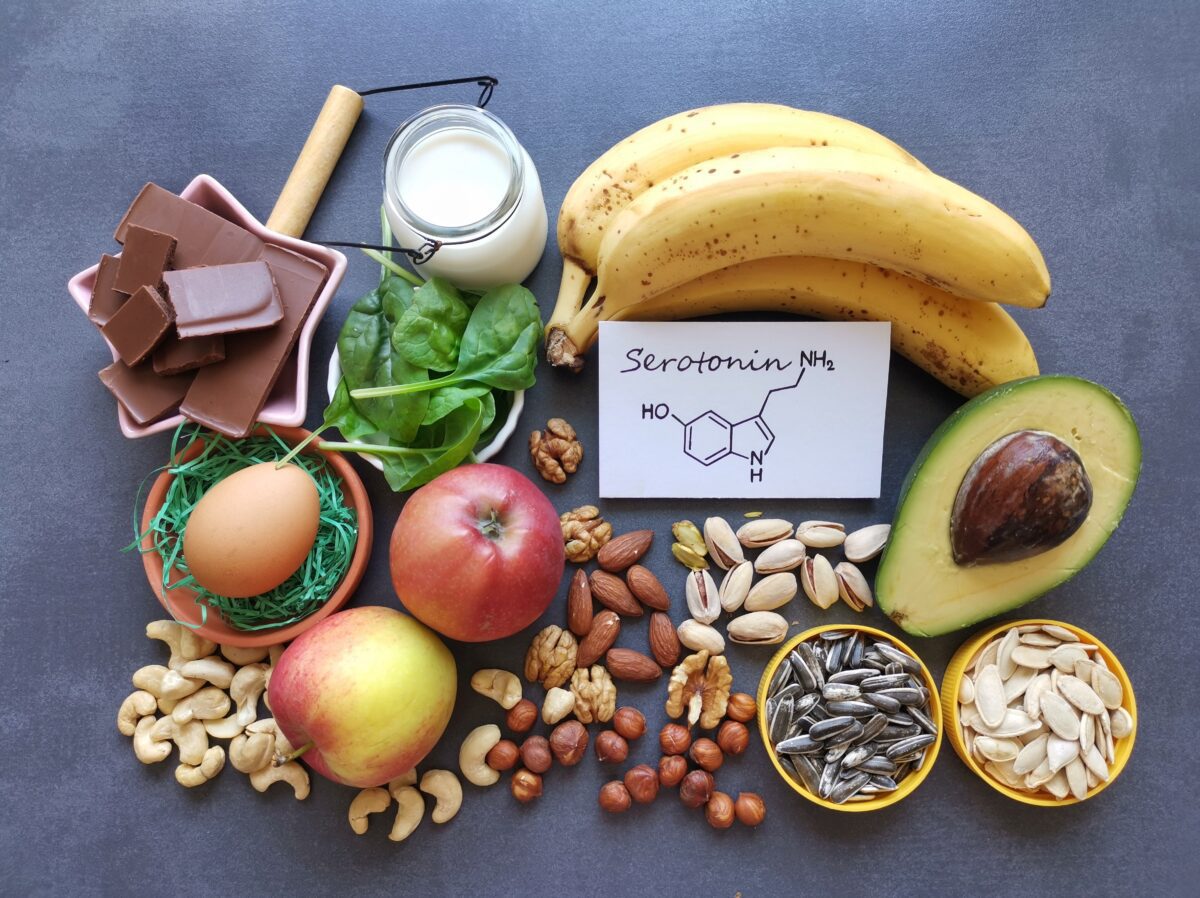Wouldn’t it be nice if we could just eat our way into great moods, all while remaining healthy? Well, recent research claims that goal is well within the realm of possibilities.
According to the Mayo Clinic, serotonin and dopamine play a major role in affecting our brain chemistry through the intake of certain foods. While it is no surprise to diet-conscious individuals that some meals make us feel more satisfied than others, the proof is now in: according to the National Institute of Health, approximately 90 to 95% of the receptors that respond to serotonin are located in the gut.
The Mayo Clinic recommends boosting moods by ensuring the following healthy foods are part of a daily diet:
• Low-fat dairy – Fat free or skim milk, cottage cheese, yogurt
• Whole-grain products – Oatmeal, brown rice, buckwheat
• Olive oil
• Fruits
• Lean meats – Skinless chicken breast, venison, salmon
• Fresh vegetables
• Legumes and nuts – Lentils, chickpeas, almonds and cashews
• Fish
If the food selection choices listed sound a lot like the popular Mediterranean diet, you are on the right track! Such foods contain a minimum of salt and sugar and provide optimal quantities of fiber, omega-3 fatty acids, zinc, magnesium, iron, potassium, B vitamins and folate.
The American Heart Association explains on its website that despite the name, some “comfort” foods end up having the opposite effect on our brains. One reason for this unexpected outcome is that items high in saturated fats, sugar and refined flour activate inflammation in our bodies.

Additionally, many indulge in poor food choices when eating as a group, whether in a restaurant or at home. Food becomes part of a social and cultural experience, and its healthiness (or lack thereof) is less significant in our minds than the socializing aspect of the gathering.
For most people, eating is inherently connected with pleasure. But if one puts a little effort into menu planning, it’s not too difficult to find food items or entire meals that both satisfy cravings and help mental and physical health.
But where to start? One suggestion toward achieving this goal is to experiment with different styles of cooking and to use fresh foods rather than prepared goods. Ask relatives for recipes that have passed down through generations. Have childhood memories of certain dishes? A few minutes of searching online can bring to light instructions to make almost any meal.
No matter what’s driving the desire to change eating habits and improve mood, remember it will take time for your body to process the new routine and adjust accordingly. Start small by removing unhealthy items with little or no real health benefits, and gradually replace these items with foods rich in folate and fiber. Foods to minimize include those that are high in refined carbs – like white rice, pasta and pizza – as well as processed meats and items high in sugar. Do you reach for a can of soda several times a day? Replace it with water, coffee or tea.
Remember – an occasional treat won’t hurt, but reaching for healthier foods will encourage full mind-body wellness.
























